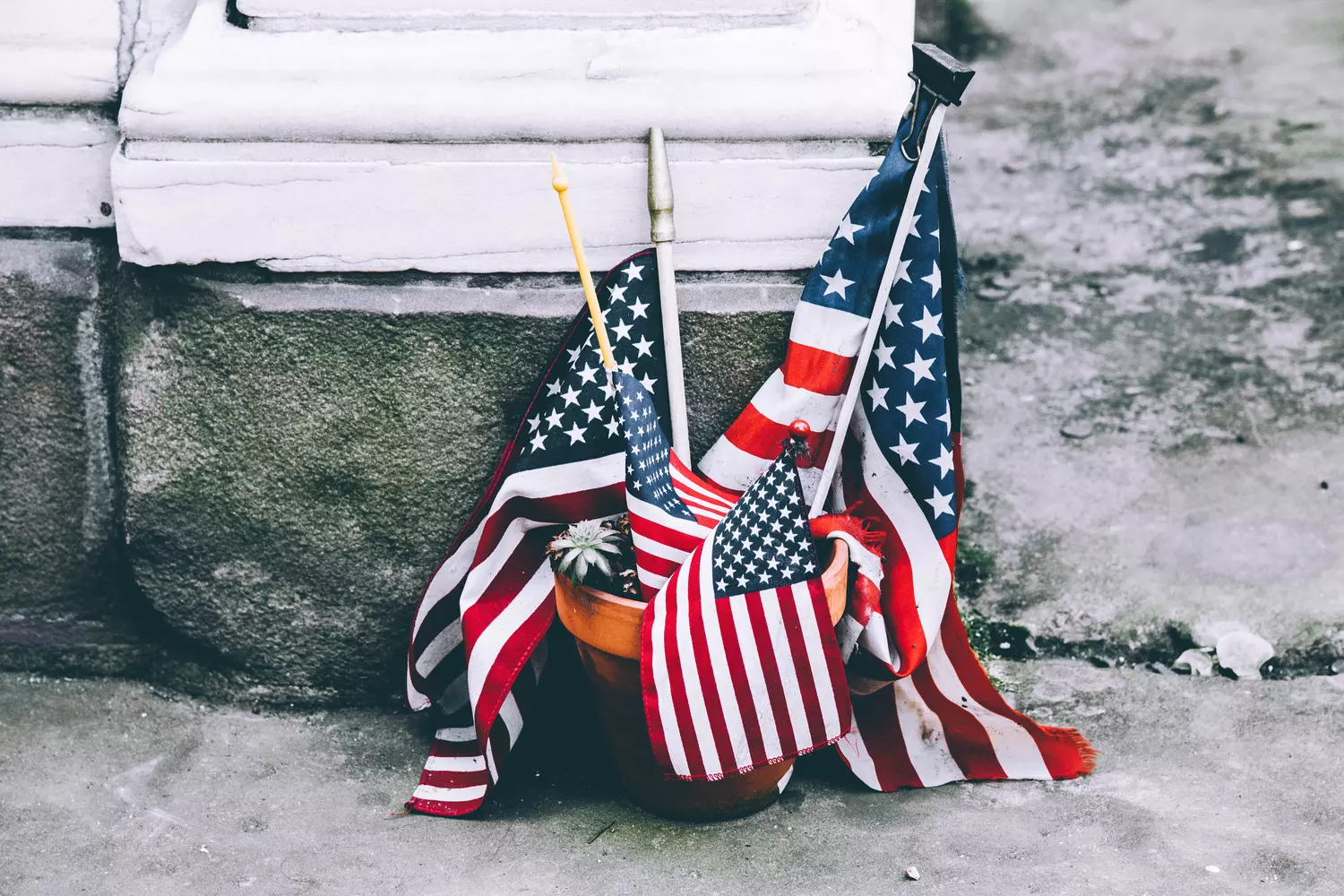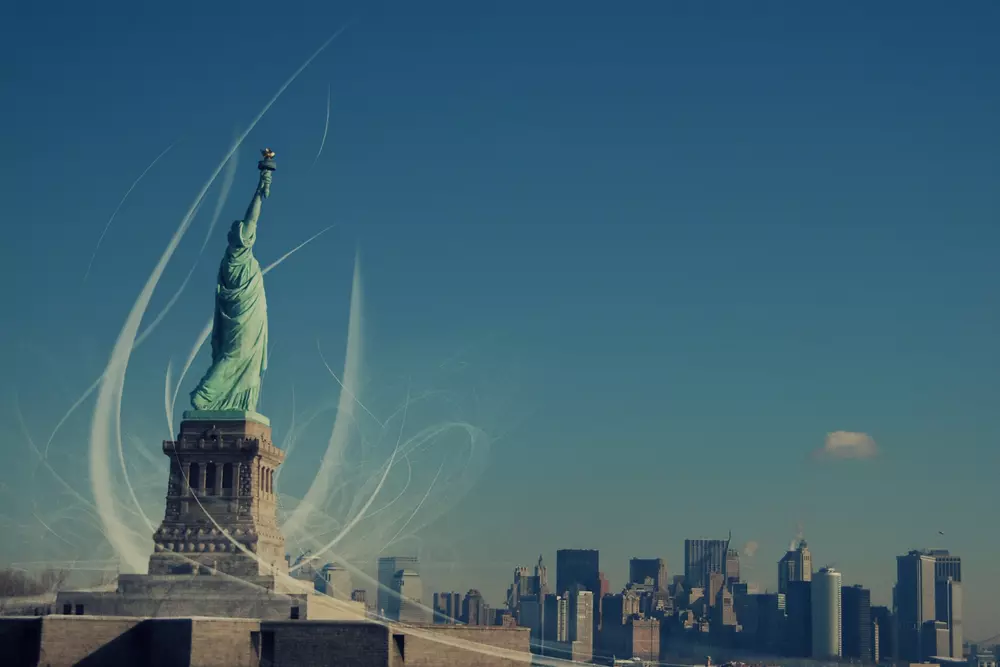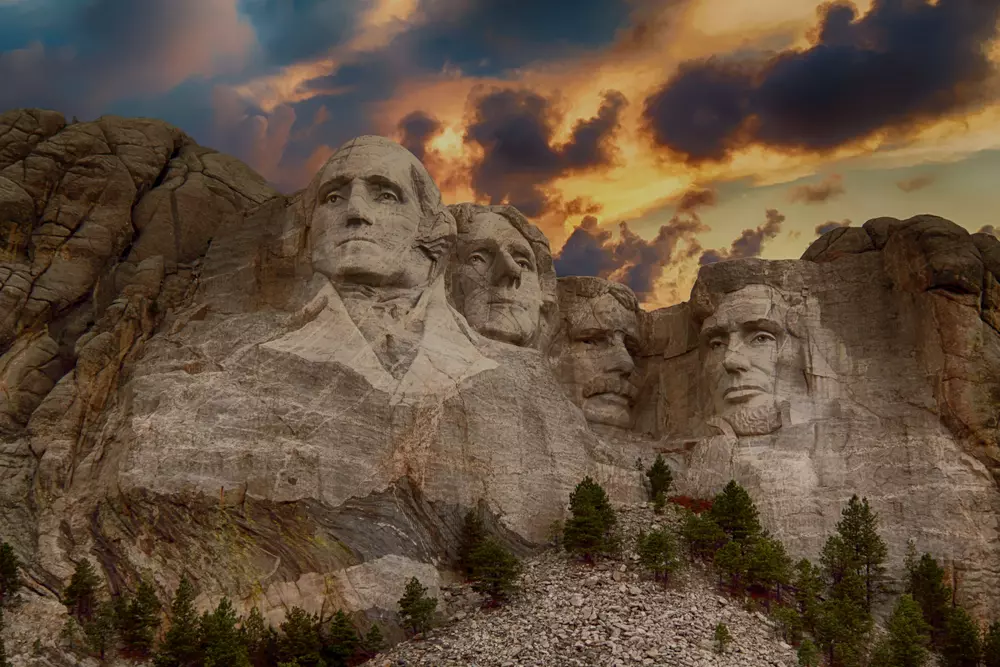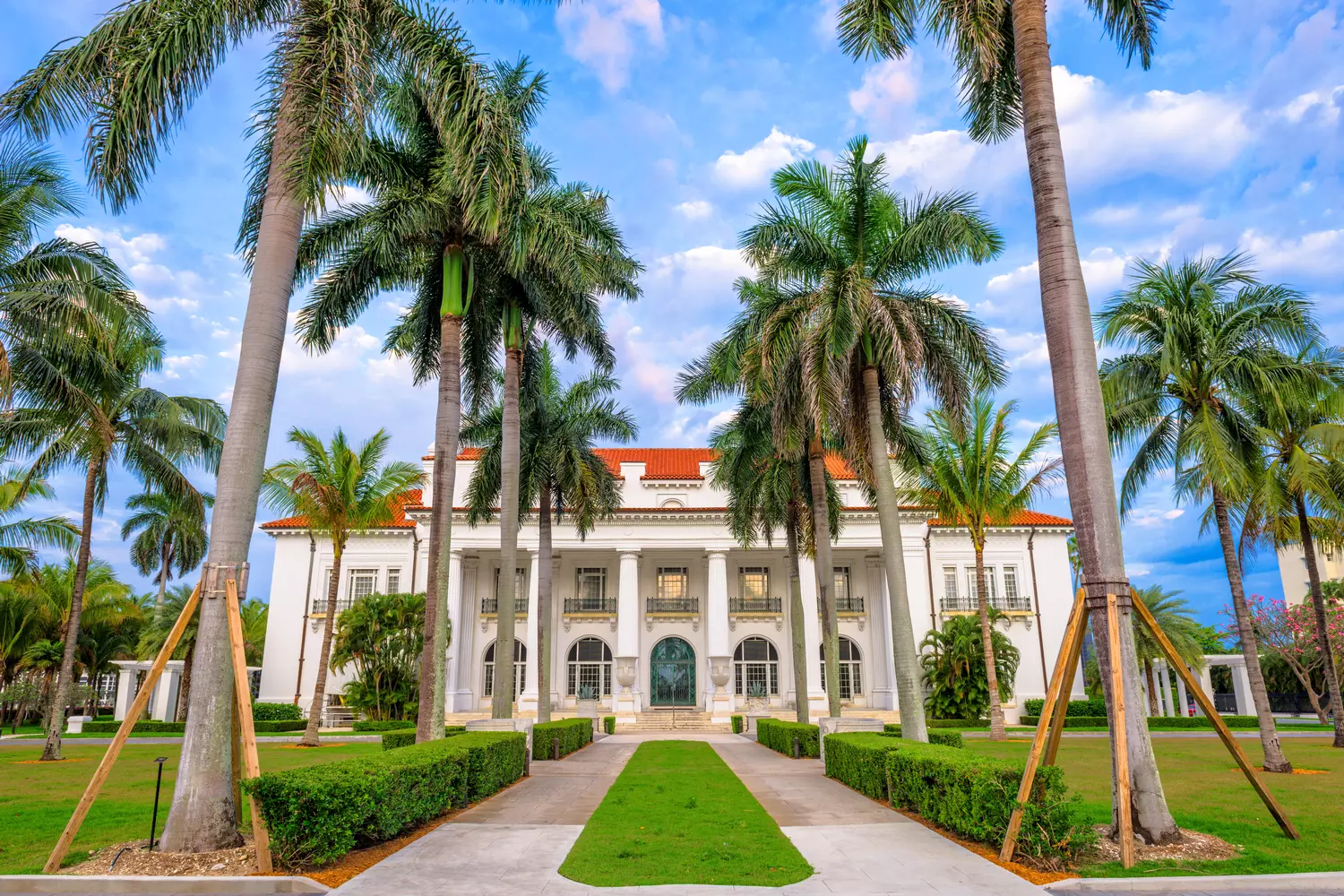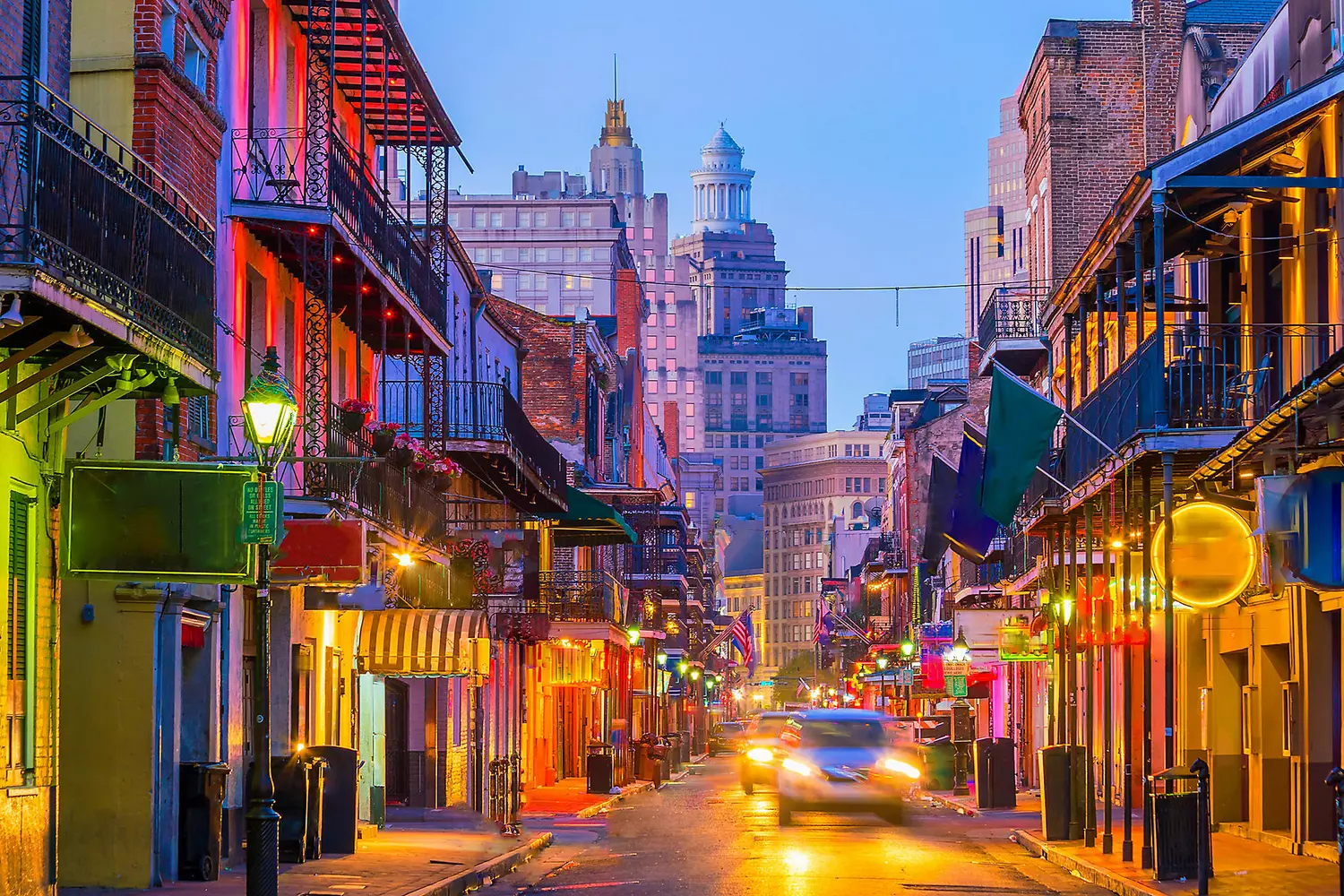The USA is one of the most well-known and influential countries in the world. It amazes with its diversity: here you can see vast metropolises and boundless natural expanses, meet people of various nationalities, and hear dozens of accents. The country's history began with the first colonies, and today the USA is a leading economy and political player on the international stage.
What makes this country special? How did it develop, what are its symbols, what is unique about its nature, and what curious facts about it are not known to everyone? In this article, we will thoroughly examine the key aspects of the USA to create a complete picture of this amazing country.
History of the USA
Long before the arrival of Europeans, indigenous peoples lived in the territory of modern-day USA. They settled the continent millennia ago, forming complex societies with developed cultures, trade connections, and unique traditions. At various times, civilizations such as the Anasazi, the Mississippian culture, and the Iroquois Confederacy existed here.
In the 16th century, Europeans began to arrive in these lands. The Spanish were the first to establish settlements in the south, including St. Augustine in Florida. The English established themselves in Jamestown in 1607, and later Plymouth appeared — a colony founded by Puritans. The French explored the inland territories and controlled the Great Lakes region. Gradually, thirteen English colonies formed on the east coast of North America.
The War of Independence and the Formation of the State
By the mid-18th century, Great Britain had tightened its control over the colonies. New taxes were introduced, trade was restricted, which caused discontent among the locals. Protests mounted, and in 1775 the War of Independence began.
The Americans fought against the British army, with the support of France, Spain, and the Netherlands. In 1776, the Declaration of Independence was adopted, and in 1783, Great Britain recognized the USA as an independent state. Soon, the Constitution was adopted, establishing a republican form of government.
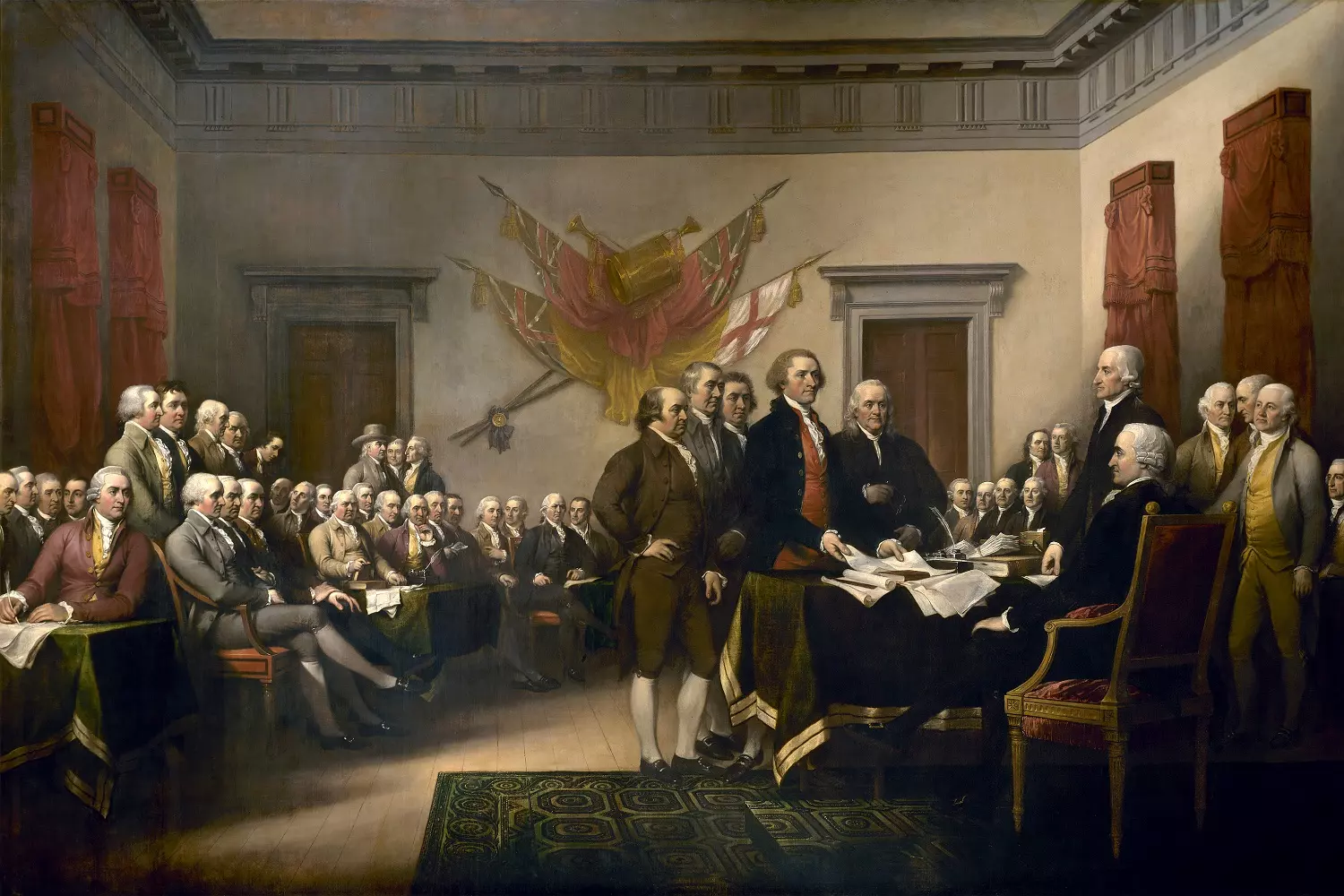
Development of the Country in the 19th–20th Centuries
After gaining independence, the USA expanded rapidly. In 1803, the country acquired vast territories in the west from France, known as the Louisiana Purchase. Active colonization of new lands began, which led to conflicts with indigenous peoples.
In the mid-19th century, contradictions between the North and South intensified. The North advocated for the abolition of slavery, while the South defended it as the basis of its economy. The disagreements led to the Civil War (1861–1865), which ended with the victory of the Northerners and the abolition of slavery.
The late 19th century became a time of industrialization. The USA transformed into a powerful economy with large factories, railroads, and growing cities. The country actively accepted immigrants, which contributed to population growth and cultural development.
The 20th century brought new challenges. The USA participated in both world wars, playing a decisive role in the victory of the Allies. After World War II, the country became one of the leading world powers, entered the Cold War with the USSR, and actively developed science, technology, and the economy.
The USA in the Modern World
By the 21st century, the USA had consolidated its influence in international politics and economics. The country continues to be a center of scientific research, high technology, and culture. Political challenges, social changes, and economic fluctuations are shaping a new stage in its development.
The history of the USA is a journey from small colonies to one of the most powerful nations in the world. The influence of this state is felt far beyond its borders, and its development continues to attract the attention of the entire world.
USA Economy
The USA has the largest economy in the world. The country has a high level of production, a developed service sector, and a powerful financial sector. The dollar remains the main world currency, and American companies are among the leading players in the international market. The economic system is based on free enterprise, competition, and private property.
Key Economic Sectors
- Industry remains an important part of the economy, although its share has decreased compared to the last century. The USA produces cars, airplanes, electronics, and petroleum products. The high-tech sector continues to grow, attracting investment and creating jobs.
- Agriculture is highly productive. The USA exports grain, meat, dairy products, and soybeans. Large farm areas, modern technology, and government support make agricultural production one of the most efficient in the world.
- The financial sector plays a key role. The New York Stock Exchange sets global market trends, and the largest banks and investment funds manage trillions of dollars.
- The service sector occupies a dominant position. The country has developed IT industry, medicine, education, tourism, and show business. American technologies, film, and the music industry influence the whole world.
The USA's Role in the Global Economy
The country remains the largest consumer of goods and services, which makes it a crucial trading partner for many states. American companies manage global processes, and their brands are recognizable in different parts of the planet.
The US economy is closely tied to international markets. Fluctuations on Wall Street affect the entire global financial system. Investments, innovations, and trade relations support the stability of the global economy.
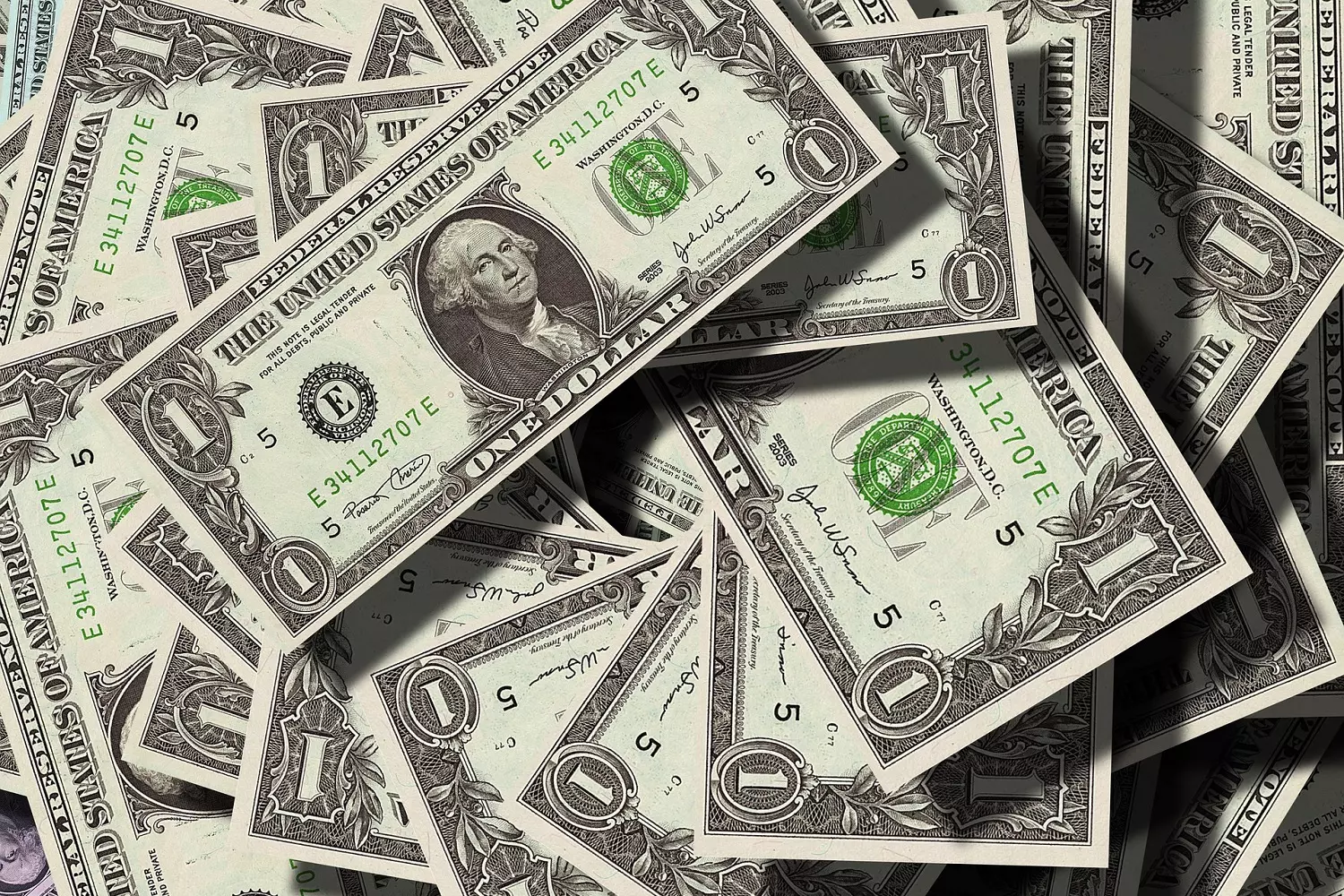
Financial System and Major Corporations
The Federal Reserve System manages monetary policy. It regulates inflation, controls interest rates, and maintains the stability of the banking system. The Fed's decisions affect not only the American but also the global economy.
Major companies such as Apple, Microsoft, Amazon, Tesla, and Google determine the development of technology, medicine, and manufacturing. Their capitalization reaches trillions of dollars, and their products are used by billions of people.
Modern Challenges and Prospects
The USA faces problems with inflation, national debt, and trade conflicts. The development of alternative energy, the introduction of artificial intelligence, and changes in the labor market structure are shaping new economic trends.
The country's economy continues to change, adapting to modern conditions. A high level of innovation, investments in science, and an entrepreneurial spirit allow the USA to maintain leadership in the global economy.
The Political System of the United States
Government Structure
The United States is a federal republic with a separation of powers. The country consists of 50 states, each with its own constitution, laws, and governing bodies. The federal government is responsible for defense, foreign policy, the economy, and other key issues. Domestic affairs, such as education, healthcare, and transportation, are regulated at the state level.
The Constitution, adopted in 1787, remains the supreme law of the land. It defines the rights of citizens, the powers of the authorities, and the principles of governance.
Separation of Powers
The system of checks and balances prevents the concentration of power in one hand. In the United States, there are three branches of government:
- Legislative. Congress makes laws, approves the budget, and oversees the activities of the government.
- Executive. The President governs the country, signs laws, appoints officials, and conducts foreign policy.
- Judicial. The Supreme Court and federal courts review laws for compliance with the Constitution and resolve disputes between states and the government.
The President and His Powers
The President is the head of state and commander-in-chief. He is elected for a four-year term with the possibility of re-election for a second term. Powers include:
- Signing and vetoing laws.
- Directing foreign policy and conducting negotiations with other countries.
- Appointing ministers, Supreme Court justices, and ambassadors.
- Commanding the armed forces.
The President cannot make laws himself, and his decisions can be challenged by Congress or the Supreme Court.
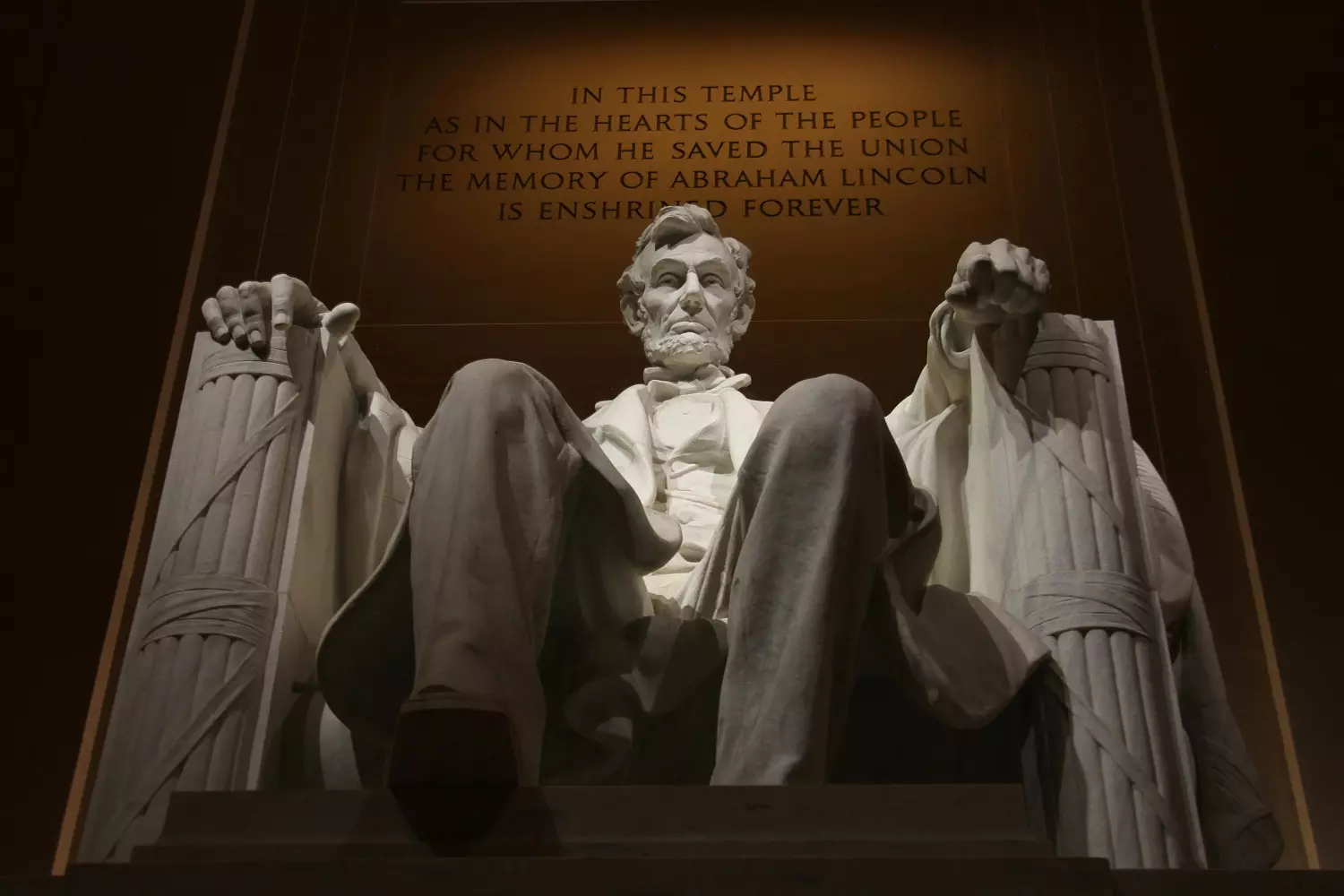
Congress and Its Functions
Congress consists of two chambers:
- Senate: 100 senators (two from each state), elected for six years. They participate in confirming appointments and ratifying international treaties.
- House of Representatives: 435 members, elected for two years. They represent the population of the country, propose bills, and oversee the budget.
Congress has the power to declare war, levy taxes, and regulate commerce.
Major Political Parties
The United States has a two-party system, where the main roles are played by:
- Democratic Party. Advocates for social programs, government regulation of the economy, minority rights, and environmental policy.
- Republican Party. Supports lower taxes, stronger defense, protection of traditional values, and free enterprise.
There are other parties, but they do not have a significant impact on politics.
Elections and the Voting System
The President is elected through the Electoral College. Citizens vote for candidates, but officially the winner is determined by electors from each state. The number of electors depends on the population of the state.
Members of Congress are elected by direct vote. Each state has its own election rules.
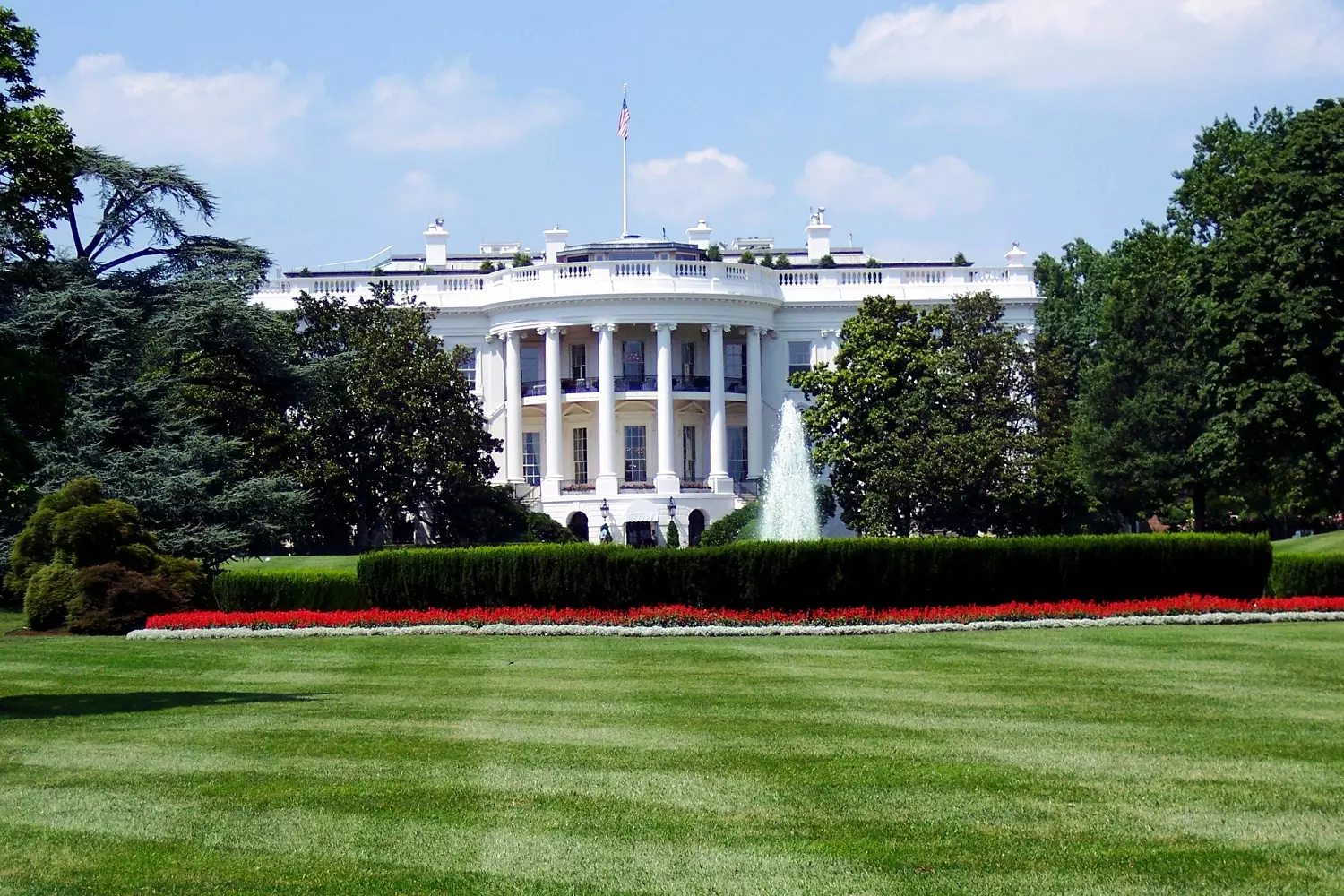
The Role of the Judiciary
The U.S. judicial system is independent of the government. The Supreme Court can overturn laws and presidential decrees if they contradict the Constitution. Judges are appointed for life, which guarantees their independence from political decisions.
Politics at the State Level
Each state has its own government, which includes a governor, a legislature, and courts. Internal laws can vary significantly. For example, some states allow the death penalty, while others do not.
U.S. Influence on World Politics
The United States plays an important role in international relations. The country participates in the UN, NATO, the G7, and other organizations. Foreign policy includes supporting allies, fighting terrorism, participating in trade agreements, and military conflicts.
The U.S. political system remains one of the most stable in the world. A clear separation of powers, the election of key officials, and an independent judiciary help maintain a balance of interests and ensure democratic governance.
Climate and Natural Zones
Climatic Conditions
The United States occupies a vast territory, so the climate varies significantly across different regions. The country encompasses almost all climatic zones — from the arctic cold in Alaska to the tropical heat in Florida and Hawaii.
- Northern regions are characterized by cold winters and mild summers. In states closer to Canada, snow covers the ground for most of the year, and temperatures can drop below –30 °C.
- The Central Plains are subject to sharp temperature fluctuations. Winters can bring frosts, while summers can see heat exceeding +35 °C. Wind brings frequent thunderstorms and tornadoes.
- The West Coast has a mild climate with warm winters and cool summers. In California, winters are rainy, and coastal cities rarely experience severe frosts.
- The Southern states are distinguished by hot summers and warm winters. Precipitation is low, and summer temperatures can rise above +40 °C.
- Florida and Hawaii are in the tropical climate zone. These states experience warm weather year-round, but hurricanes and heavy rains are common.
Main Natural Zones
- 01.Arctic Zone
Alaska is cold almost year-round. Summers are short, and snow persists even in the warmer months. Glaciers, mountain ranges, and permafrost are common. - 02.Taiga
Coniferous forests grow in the northern states, home to moose, bears, and wolves. The climate here is moderately cold, with snowy winters and short summers. - 03.Forest Zones
Mixed and deciduous forests stretch across the eastern part of the country. Winters are cool, and summers are humid. This zone includes the Appalachian Mountains and the Great Lakes. - 04.Steppes and Prairies
The central states are covered by grassy plains. The soil is fertile, making the region actively used for agriculture. Weather changes rapidly, with droughts and storms occurring. - 05.Deserts and Semi-Deserts
The southwest is an arid region with sandy and rocky landscapes. Cacti, sparse shrubs, and deep canyons are common. Summers are very hot, and nighttime temperatures drop sharply. - 06.Mountainous Regions
The Rocky Mountains and the Cascade Range extend across the west. High-altitude areas are covered with forests, lakes, and glaciers. Heavy snowfall occurs in winter. - 07.Subtropics and Tropics
Florida, southern Texas, and Hawaii have a mild, humid climate. Palm trees and mangrove forests grow here, and there are many exotic animals. Hurricanes are frequent in these areas.
The nature of the United States is diverse — from icy deserts to hot beaches. The richness of natural zones makes the country one of the most unique in terms of climate and landscapes.
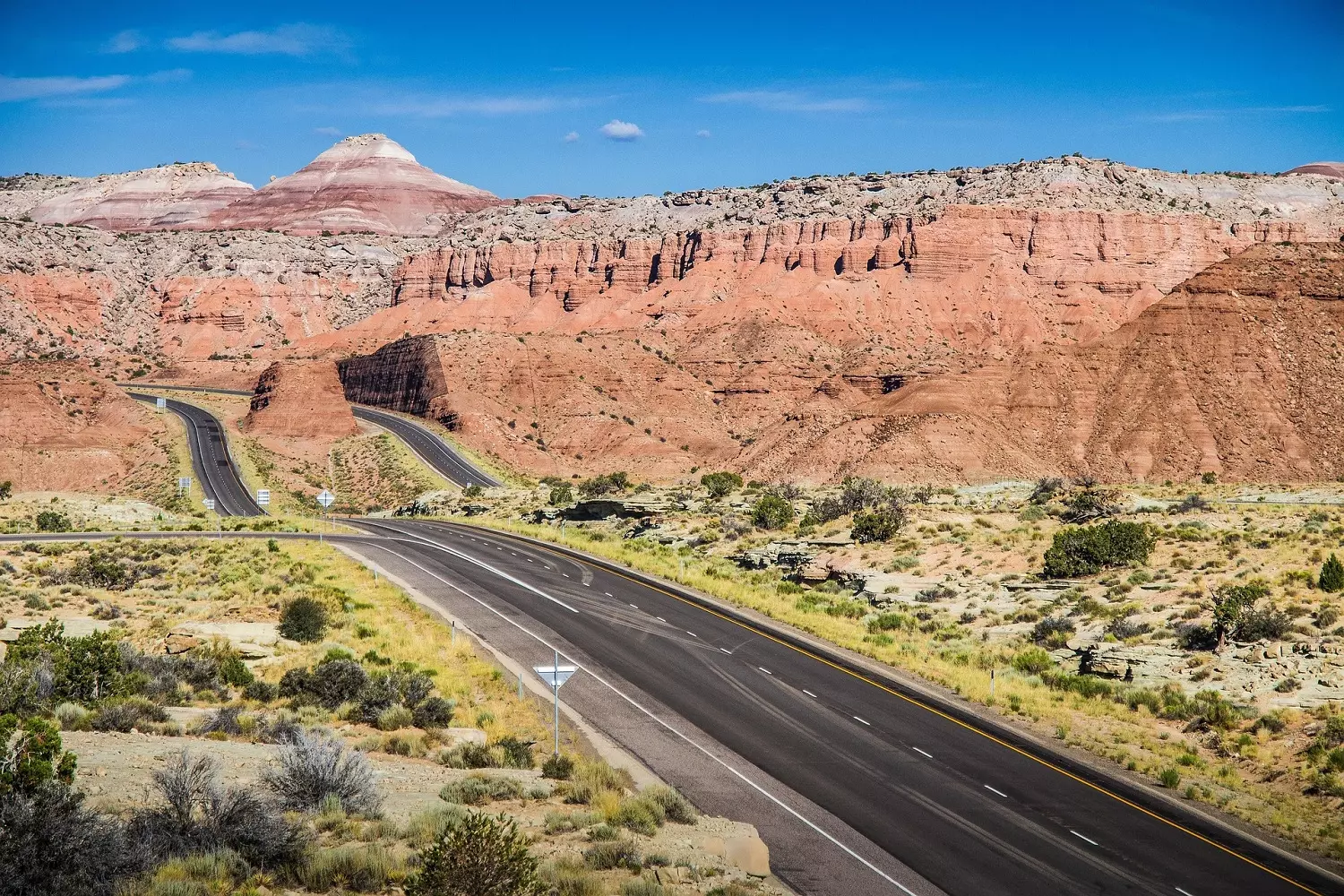
Nature and National Parks
The U.S. occupies a vast territory, so its nature is very diverse. The country has high mountains, endless plains, dense forests, deserts, and tropical islands. The Sierra Nevada and Rocky Mountains rise in the west, while the east is covered by the forests of the Appalachians. The central part of the country is made up of prairies and steppes, and the south is known for its swamps and mangrove thickets.
The northern regions are famous for their harsh climate, permafrost, and icebergs. The southern states, on the contrary, are immersed in greenery, where it is warm all year round. The country's water resources are also impressive — from the Great Lakes on the border with Canada to powerful rivers like the Mississippi and Colorado.
National Parks
The U.S. has created one of the largest systems of protected natural areas. National parks protect rare ecosystems, animals, and natural landmarks. There are more than 60 such areas in the country.
- Yellowstone is the world's first national park. It has geysers, hot springs, and vast forests. The park is home to bears, wolves, bison, and moose.
- The Grand Canyon is a giant gorge in the southwest of the country. Its depth reaches 1.8 km, and the Colorado River has cut through the rocks over millions of years.
- Yosemite is a park in California with granite cliffs, waterfalls, and ancient sequoias. Tourist trails lead to picturesque views.
- Great Smoky Mountains are forested mountains in the eastern part of the country. This park has many species of plants and animals, and the fog creates a special atmosphere.
- Zion has canyons and steep cliffs in Utah. The park attracts climbers and hikers.
Rare Animals and Plants
The U.S. is home to a wide variety of animals — from polar bears in Alaska to alligators in Florida. Forests are home to moose, lynx, cougars, and wolves. Bison and antelope graze in the prairies, and coyotes and rattlesnakes are found in the deserts.
The flora is also rich. Sequoias, the tallest trees in the world, grow in the west. Huge cacti can be seen in the deserts of Arizona. Mangrove forests and exotic palm trees are found in tropical areas.
The U.S. has a unique nature that the authorities are trying to preserve. National parks help protect rare species, and tourists can see picturesque places without disturbing the ecosystem.
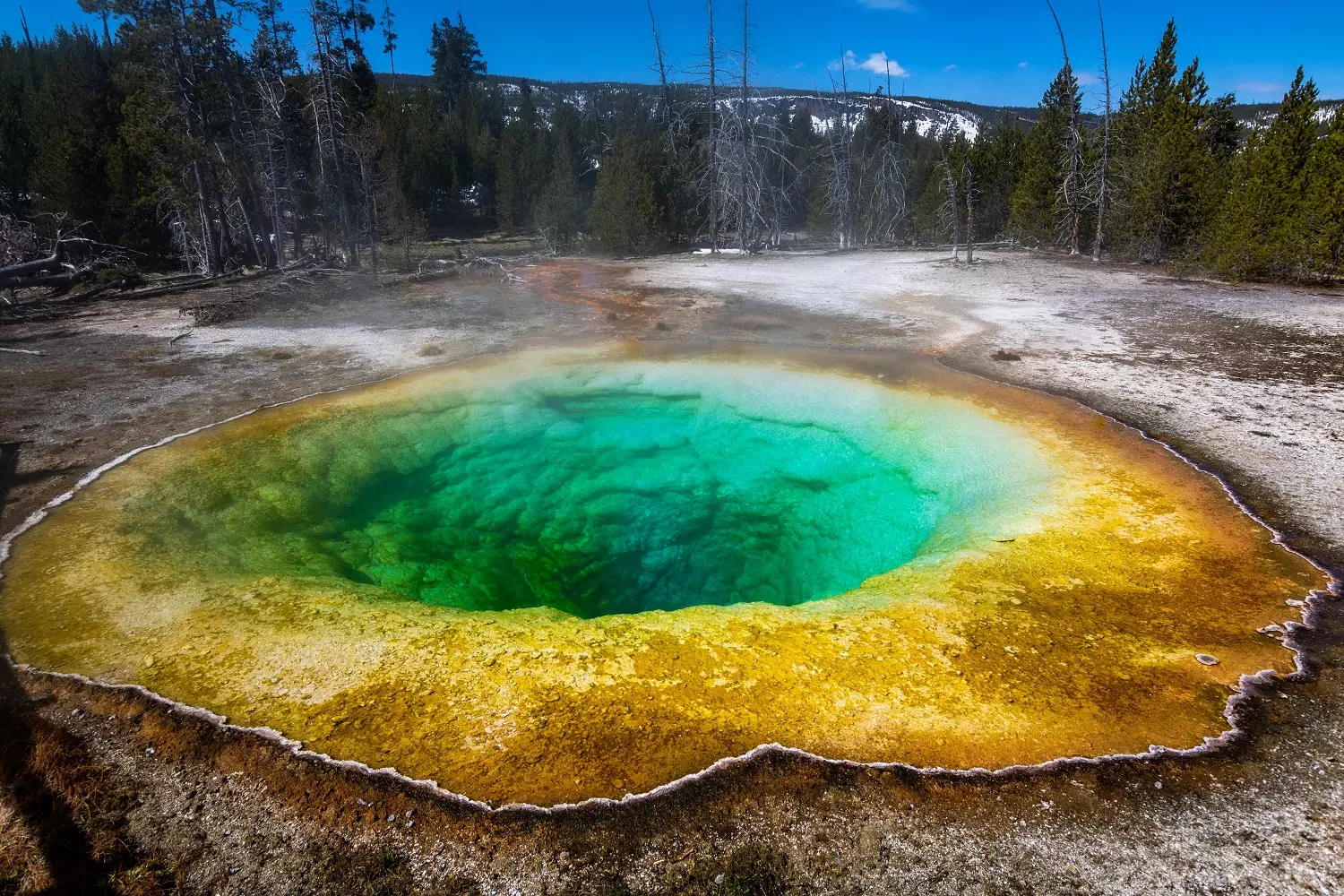
National Symbols
National symbols reflect the culture, values, and history of a country. They are recognizable worldwide and associated with the American way of life.
- U.S. Flag. The U.S. flag is called the "Stars and Stripes." It has 13 stripes, symbolizing the original states, and 50 stars, each representing one of the current states. Red signifies courage, white purity, and blue justice. Flag Day is celebrated on June 14th.
- Coat of Arms and Great Seal. The coat of arms features a bald eagle, a bird of prey that has become a symbol of the country. In its talons, the eagle holds an olive branch and a bundle of arrows, signifying a desire for peace but readiness for defense. In its beak is a ribbon with the Latin phrase "E Pluribus Unum" — "Out of many, one."
- U.S. National Anthem. The official anthem is called "The Star-Spangled Banner." The lyrics were written during the War of 1812 and are dedicated to the American flag, which continued to fly after a battle. The anthem is performed at official events and sports games.
- Statue of Liberty. This monument stands in New York and is a symbol of freedom and democracy. France gifted the statue to the U.S. in 1886. In her right hand, she holds a torch, and in her left, a tablet with the date of the signing of the Declaration of Independence.
- Bald Eagle. This bird is found in North America and represents strength and independence. Since 1782, the eagle has been a national symbol. Its image can be seen on official documents, military insignia, and currency.
- Uncle Sam. A character in a top hat with a beard — an embodiment of the U.S. government. The image appeared in the 19th century and gained worldwide fame thanks to a World War I poster with the inscription "I Want You for U.S. Army."
- Declaration of Independence. A document adopted on July 4, 1776, proclaiming the separation of the U.S. from Great Britain. It enshrined fundamental human rights and became the foundation of American statehood.
- Mount Rushmore. A rock in South Dakota with the faces of four presidents carved into it — Washington, Jefferson, Roosevelt, and Lincoln. The monument symbolizes key stages in the country's development.
U.S. national symbols serve as a reminder of its history and values, emphasizing the unity of the nation and its pursuit of freedom.
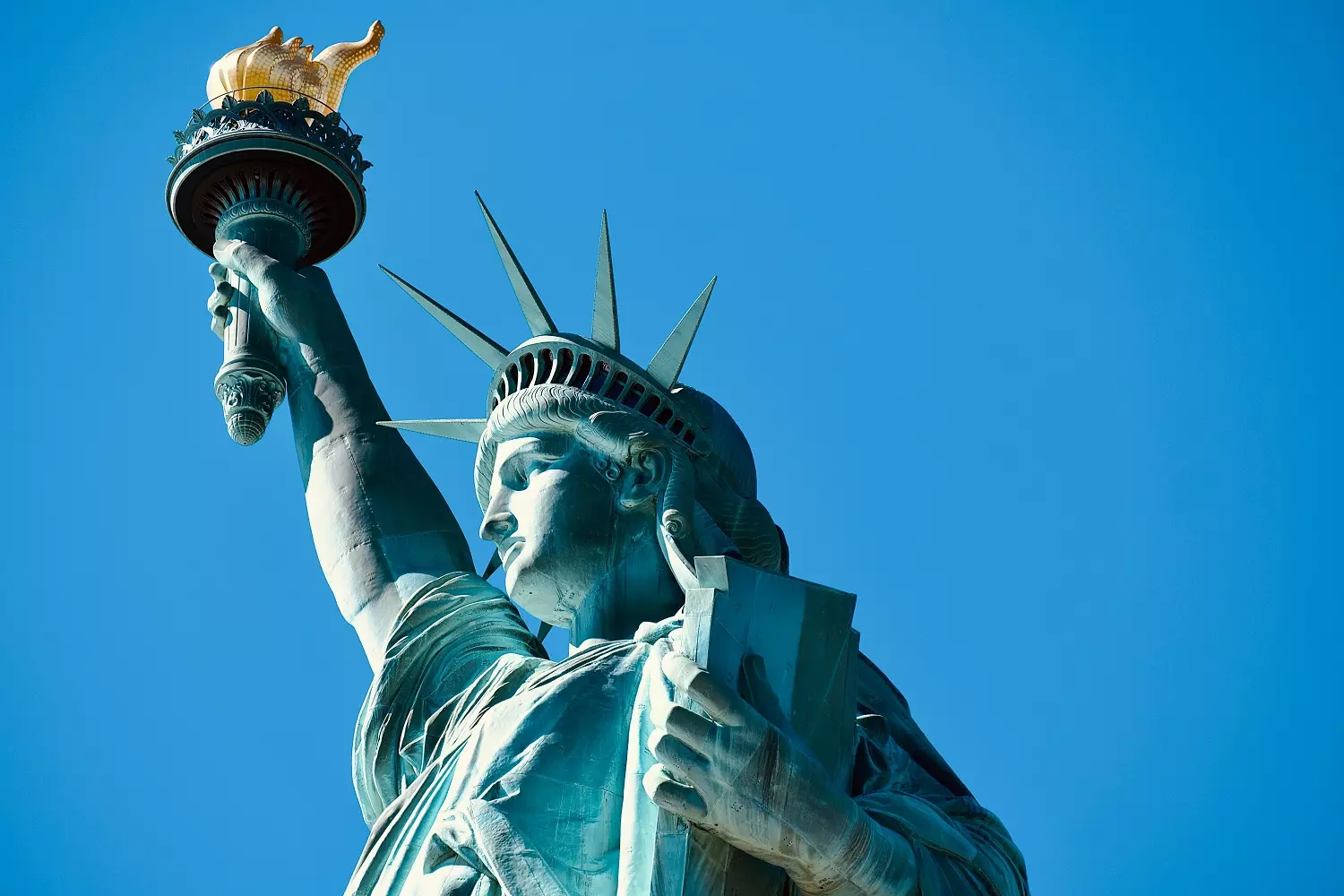
Interesting Facts About the USA
The USA is one of the most famous and influential countries in the world. Its history, culture, and achievements have attracted attention for centuries. This section contains facts that will help you better understand America.
- Vast Distances
The USA ranks third in land area among all countries. Crossing the country from east to west by car takes several days. Travel time depends on the route, but on average, the trip takes about 40–50 hours, excluding stops. - Different Time Zones
The country is divided into six time zones, not including territories outside the mainland. It might be morning in California, while it's already evening in Florida. - English is an Unofficial Language
Although English is the primary language of communication, it does not have official status at the federal level. In some states, such as New Mexico, the second official language is Spanish. - Multinational Population
The USA was formed through migration. Today, it is home to people of various nationalities. In major cities, you can hear dozens of languages and try cuisine from all over the world. - Hollywood and Cinema
The USA is a leader in film production. Hollywood has become a symbol of the film industry, and American films are known in every corner of the globe. - Longest Road System
The length of American roads is more than 6.5 million kilometers. This is the largest highway network in the world. - Largest Military
The USA spends more on defense than any other country. The armed forces include the army, navy, air force, marine corps, and space force. - First Man on the Moon
American astronaut Neil Armstrong was the first person to set foot on the Moon. This happened in 1969 during the Apollo 11 mission. - Fast Food is Part of the Culture
Burgers, hot dogs, and french fries have long been symbols of American cuisine. Thousands of fast-food restaurants have opened in the USA, and some chains operate worldwide. - Most Visited National Parks
Great Smoky Mountains, Grand Canyon, and Yellowstone are among the most popular natural sites in the country. They are visited by millions of tourists every year.
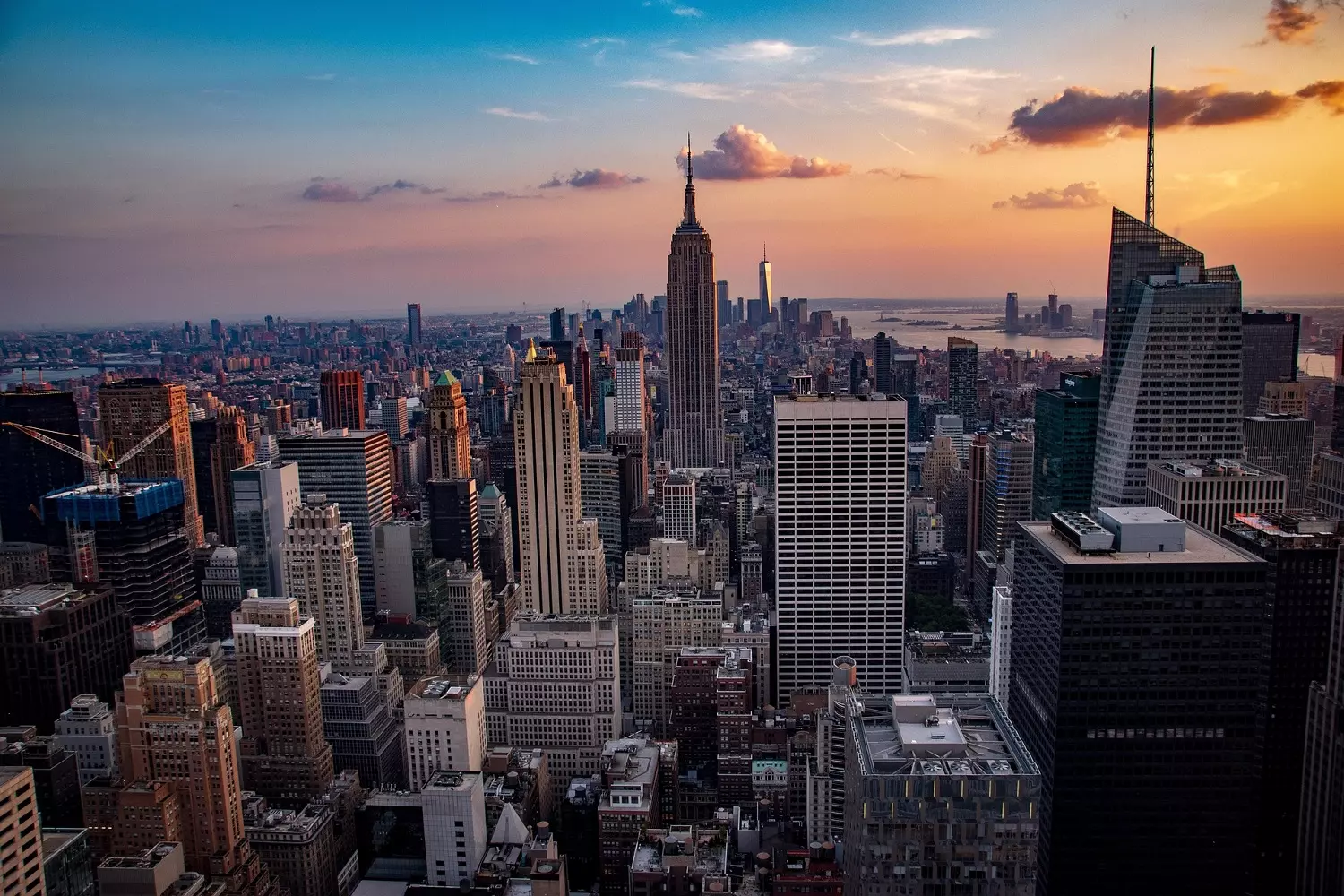
The USA is a country full of contrasts. Huge metropolises coexist with wild nature, ancient traditions combine with cutting-edge technologies, and cultural diversity makes it unique. Each region has its own atmosphere and characteristics that have been formed over centuries.
Despite its fame, America continues to surprise even those who know a lot about it. The country is changing, developing, and remains one of the most discussed in the world.














